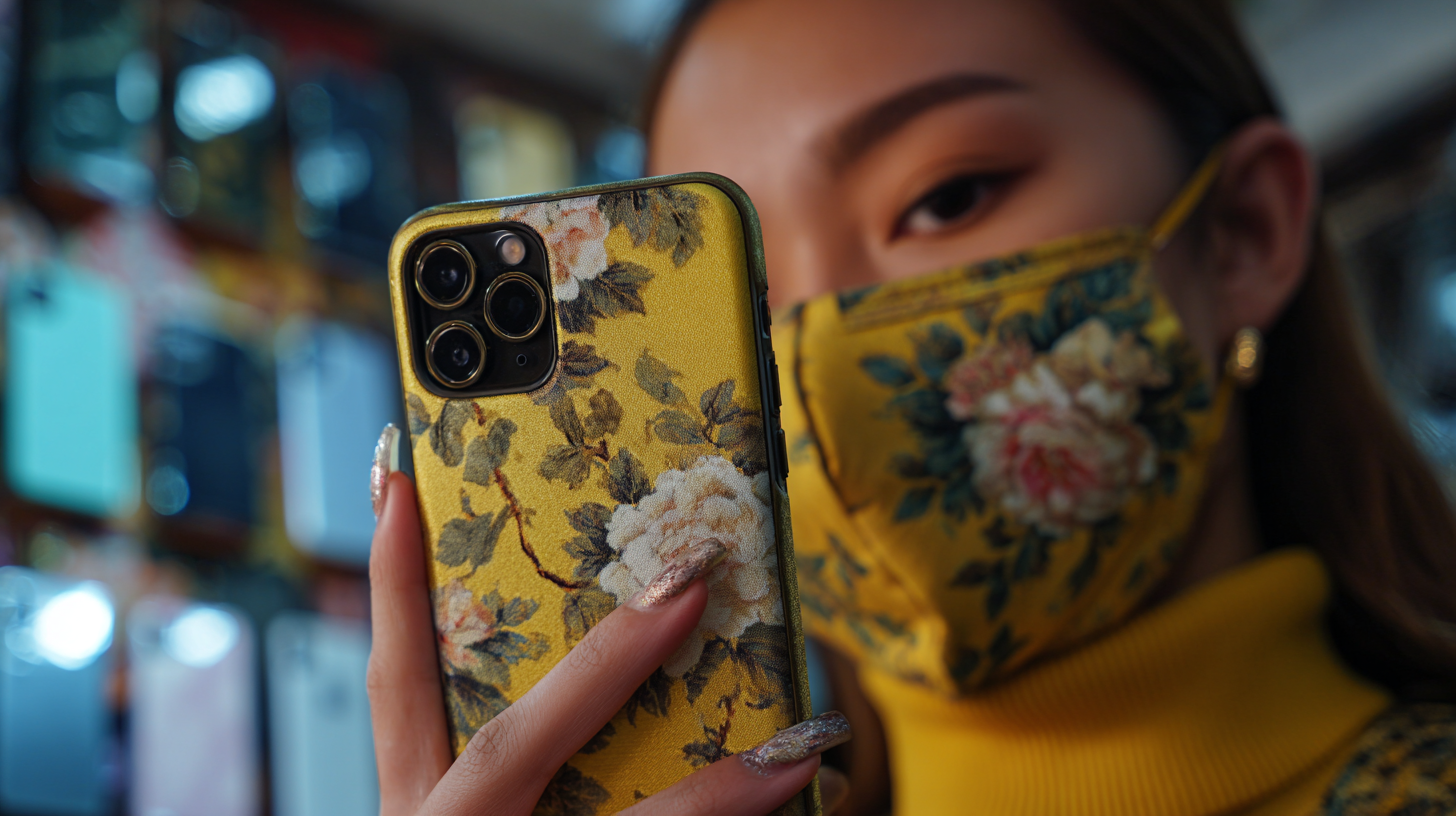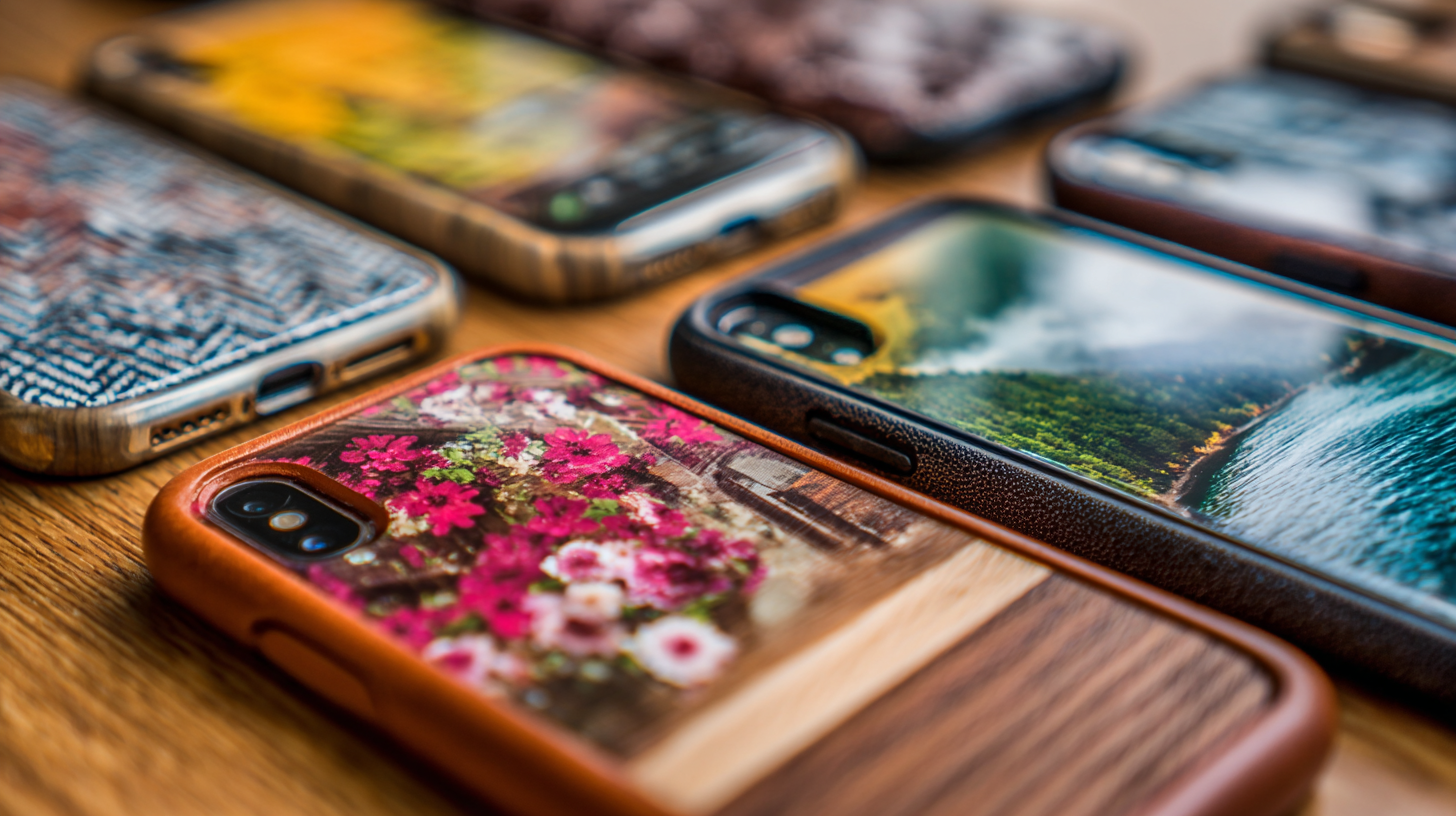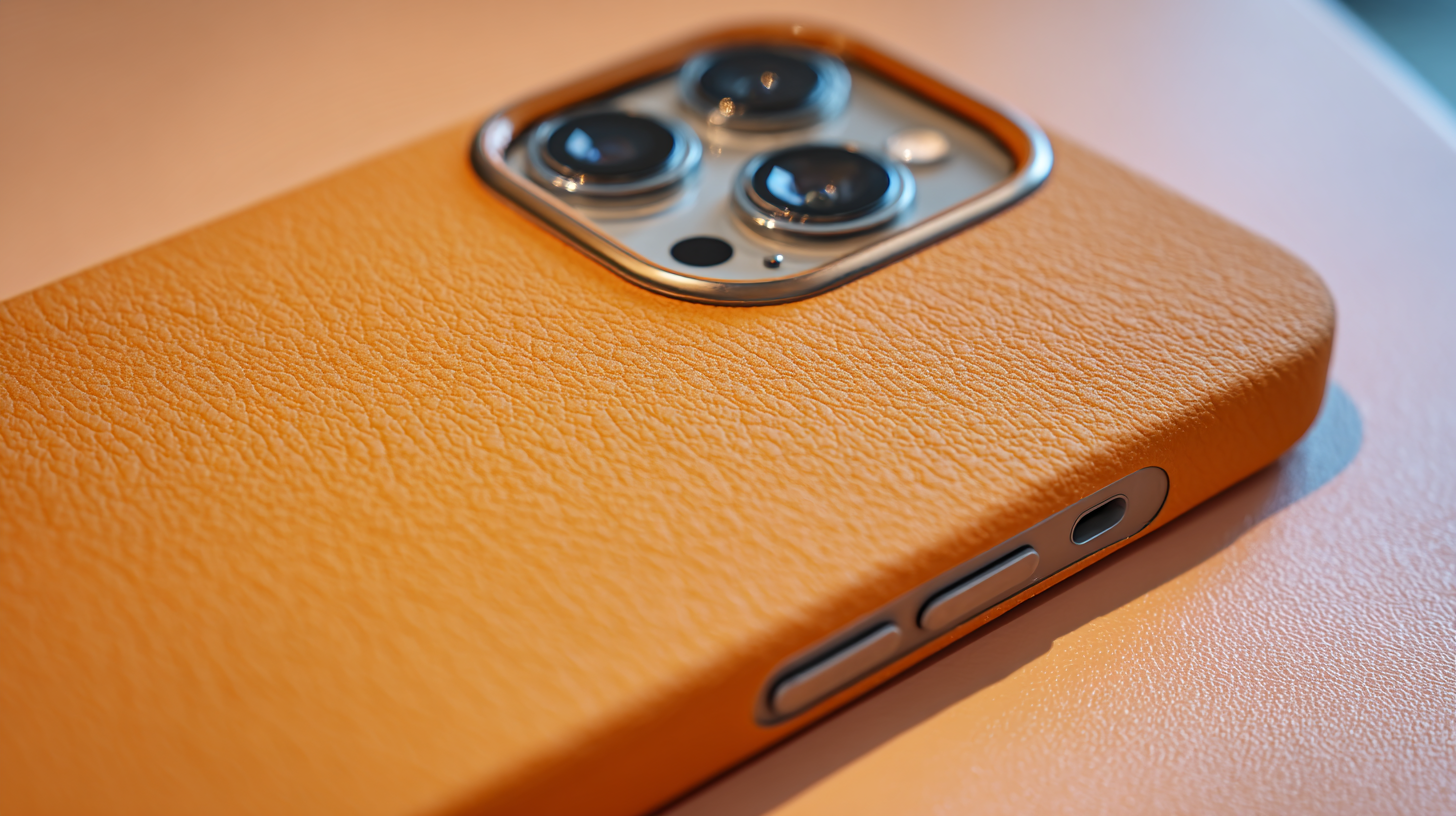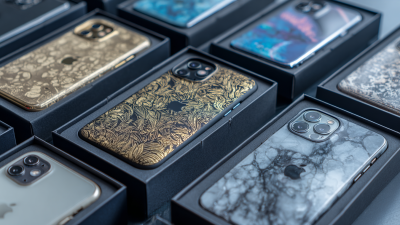 +8617719515640
+8617719515640
- Xi'an X Star Trading Co., Ltd.
- Phone: +86-17719515640
- Email: info@xnvstar.com



The mobile cover industry has undergone a remarkable transformation over the past decade, shifting from a primary focus on basic protection to becoming a pivotal element of personal style and fashion. According to a report by Grand View Research, the global mobile phone case market was valued at approximately $26 billion in 2019, with expectations to expand at a compound annual growth rate (CAGR) of around 7.2% from 2020 to 2027. This growth is driven by consumer trends that prioritize customization and aesthetic appeal alongside functionality. As smartphone users increasingly perceive their devices as an extension of their personal identity, mobile covers have evolved into a canvas for artistic expression and brand loyalty, featuring everything from chic materials and unique designs to advanced features like shock resistance and eco-friendliness. Understanding this evolution not only sheds light on consumer behavior but also highlights the significance of mobile covers in the modern digital landscape.

The origin of mobile covers can be traced back to the early 2000s when mobile phones began to gain widespread popularity. Initially, these protective cases were primarily designed to serve a functional purpose—safeguarding devices against scratches and damages. According to a 2018 report by Statista, over 60% of smartphone users expressed concern regarding potential damage to their devices, which drove the demand for basic protective covers. Early designs typically consisted of simple hard shell cases or rubber sleeves that provided limited customizability.

As smartphones evolved and began to showcase sleek designs, manufacturers recognized an opportunity to enhance not only protection but also aesthetics. A study conducted by Grand View Research in 2021 revealed that the global mobile phone accessories market, including covers, was valued at approximately $81 billion and projected to grow significantly in the coming years.
This shift allowed brands to explore innovative materials and artistic designs, transforming mobile covers into true fashion statements. Today, it's common to see covers made from eco-friendly materials, designed by fashion brands, or featuring customizable art, reflecting personal style and elevating the role of mobile covers from mere protection to an essential accessory in a tech-savvy culture.
The evolution of mobile covers has significantly transformed from mere functional items into personal style statements. Initially, mobile covers served a purely protective purpose, designed to shield devices from scratches and damage. Basic materials such as rubber and plastic dominated the market, focusing solely on durability rather than aesthetics. However, as smartphones became more integral to daily life, the desire for personalization emerged, prompting manufacturers to incorporate a broader range of designs and materials.
As trends shifted, mobile covers began to reflect individual tastes and lifestyles. Consumers started seeking ways to express their identities through their devices, leading to an explosion of customizable options. Cases adorned with bold graphics, intricate patterns, and even personalized photos became commonplace. This transition not only reflects a growing emphasis on style but also highlights the intersection of technology and fashion. Today, mobile covers are celebrated not just as protective gear but as essential accessories that enhance personal style, making a statement about who we are and how we choose to present ourselves to the world.
The mobile phone accessory market has witnessed a significant transformation with the emergence of fashion-forward mobile covers, shifting the focus from mere protection to stylish expression. Initially, mobile covers were designed solely for functionality, offering basic protection against scratches and drops. However, as smartphones became ubiquitous, consumers began to seek accessories that reflected their personal style and tastes. This change has led to a diverse range of designs, materials, and colors that cater to various fashion preferences.
Today, mobile covers are not only utilitarian items but also powerful fashion statements. Brands are collaborating with designers and artists to create unique, eye-catching designs that appeal to trend-conscious consumers. The rise of social media and influencer culture has further fueled this trend, as people showcase their outfits and accessories online, prompting a desire for covers that complement personal style. As a result, the market is flooded with options, from sleek and minimalist designs to bold and flamboyant patterns, illustrating how mobile covers have successfully integrated into the broader landscape of fashion and lifestyle.
| Type of Mobile Cover | Material | Protection Level | Design Trend | Price Range (USD) |
|---|---|---|---|---|
| Slim Case | Plastic | Low | Minimalist | 10 - 25 |
| Heavy-Duty Case | Rubber/Plastic | High | Sporty | 30 - 60 |
| Leather Flip Cover | Leather | Medium | Classic | 25 - 50 |
| Artistic Case | Plastic | Low | Artistic | 15 - 35 |
| Bumper Case | Silicone | Medium | Trendy | 20 - 40 |
In recent years, the mobile cover industry has witnessed a significant transformation, evolving from mere protective accessories to prominent fashion statements. This shift can largely be attributed to the influence of celebrity endorsements. Celebrities, with their immense reach and impact on popular culture, have the ability to sway consumer preferences and drive trends in the mobile accessory market. When a well-known figure flaunts a stylish mobile cover, it not only piques public interest but also ignites a desire for similar products among fans and followers.
The power of social media further amplifies this phenomenon. Platforms like Instagram and TikTok provide celebrities with the tools to showcase their unique mobile covers to millions. Users are likely to emulate the styles of their favorite stars, leading to a spike in sales for specific designs or brands. As a result, many companies are investing heavily in collaborations with influencers and celebrities to tap into their fan bases and enhance their brand visibility. This strategy not only fuels the popularity of trendy mobile covers but also reinforces their status as essential fashion items in today’s digital landscape.

In today's market, the sustainable production of mobile covers is becoming increasingly important as consumers express a desire for environmentally responsible products. As the joint study from McKinsey and NielsenIQ indicates, consumers are willing to spend more on items that align with their values, particularly those that prioritize sustainability. This growing awareness prompts manufacturers to reconsider the materials and processes they use in the creation of mobile covers, pushing towards eco-friendly alternatives.
With advancements in technology, many brands are exploring innovative materials such as biofabricated leathers and recycled plastics to manufacture their products. These materials not only reduce environmental impact but also cater to the aesthetic demands of consumers who want their mobile covers to reflect their personal style. Tips for consumers looking to make sustainable choices include researching brands that prioritize eco-friendly practices, choosing products made from recycled materials, and supporting companies that are transparent about their production processes.
Moreover, ensuring sustainability in mobile cover production aligns with a broader trend of responsible consumption. By choosing products that contribute to a circular economy, consumers can play a significant role in reducing waste and promoting a healthier planet. Encouraging manufacturers to adopt sustainable practices will not only impact the mobile cover industry but also inspire other sectors to follow suit in their quest for environmental responsibility.






